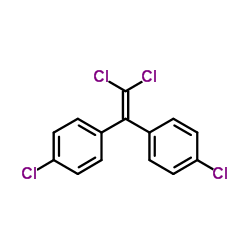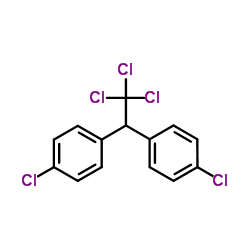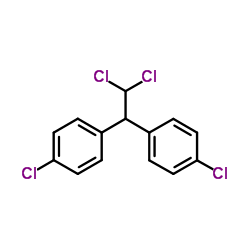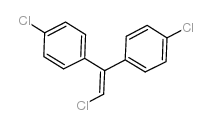| 结构式 | 名称/CAS号 | 全部文献 |
|---|---|---|
 |
p, p’-DDE标准溶液
CAS:72-55-9 |
|
 |
滴滴涕
CAS:50-29-3 |
|
 |
1,1-二氯-2,2-双(4-乙笨)-乙烷
CAS:72-54-8 |
|
 |
1,1-双(P-氯苯基)-2-氯乙烯
CAS:1022-22-6 |